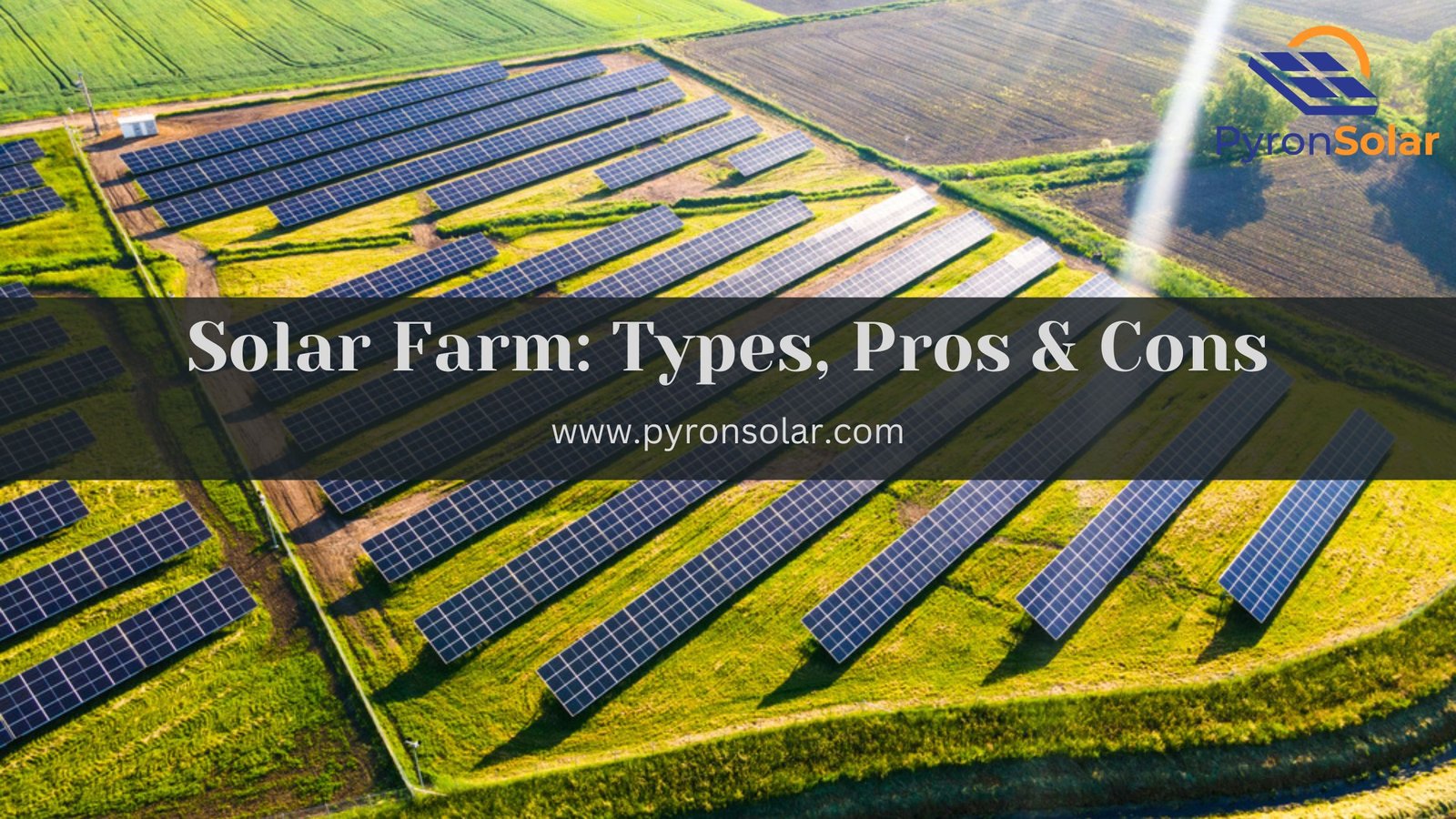The Solar Energy Industries Association claims that solar energy is the most accessible and sustainable renewable power source in our access. It is solar energy that is converted into either electrical or thermal energy.
However, do you know how and where this energy is captured? It was all done at solar farms. Solar farms are large-scale, ground-mounted solar installations. Active-capture systems are used in solar farms to establish a central station that is similar to a typical power plant to capture this energy resource.
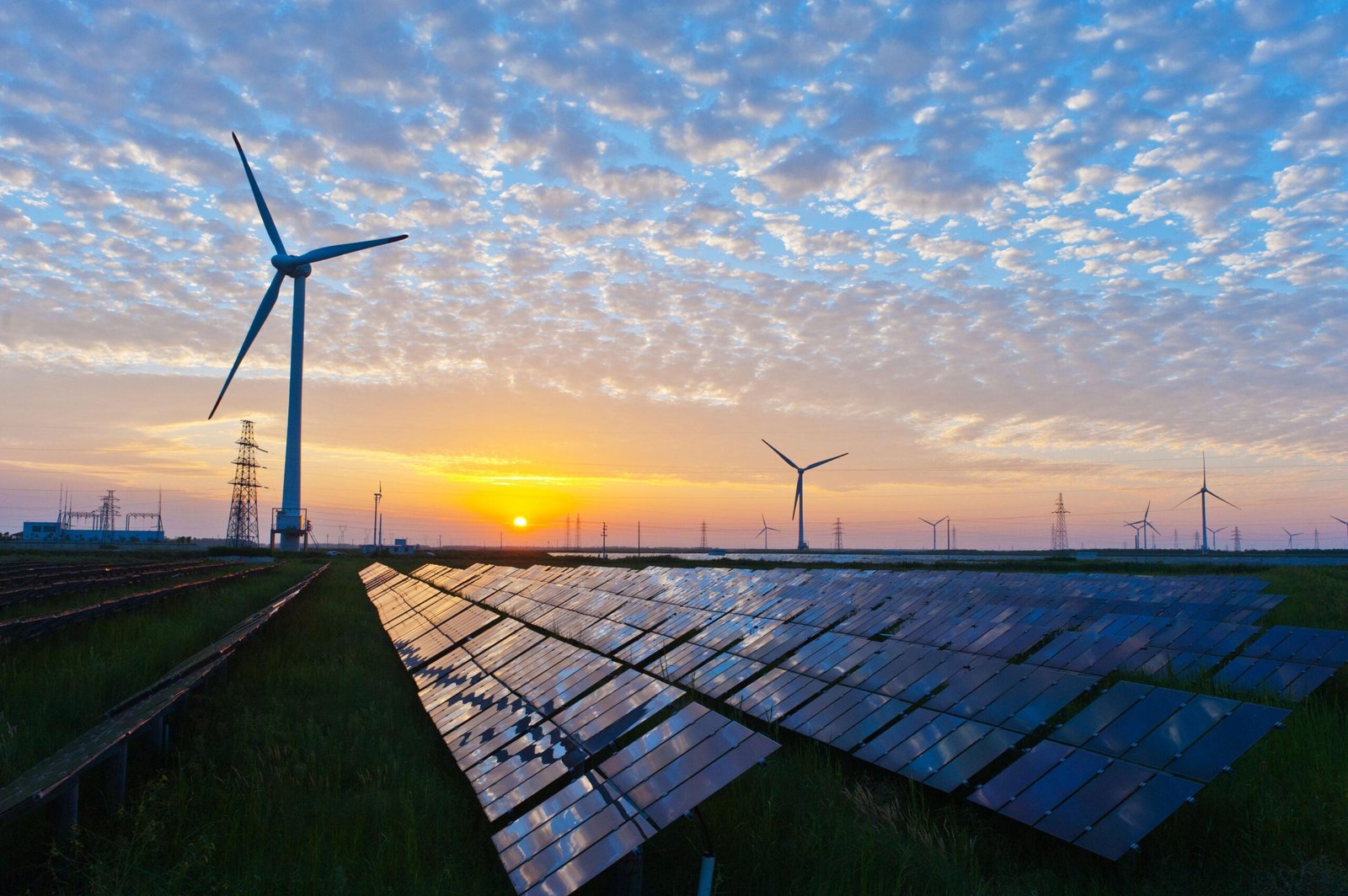
Wiki-Solar estimates that there were 1200 solar farms with a combined 400 GWAC in operation as of the end of 2019. Since solar farms have had some substantial benefits over other power plants in the past decade, numerous firms have expressed interest in them. As a result, solar farms are becoming more prevalent worldwide, particularly in the United States.
The solar market has indeed been boosted by it. But we must not overlook the limitations of solar farms either. All the benefits and drawbacks of solar farm will be addressed in this article. But before discussing them, let’s first check out what solar farms are.
What is a Solar Farms?
A solar farm is a large-scale installation of solar panels designed to generate electricity for the power grid. These farms cover extensive areas of land and use photovoltaic (PV) technology to convert sunlight into electrical energy.
Solar farms are also known as “solar parks,” “solar plants,” and “solar power stations.” They’re different from rooftop solar systems and even commercial solar power systems.
They operate as power plants, similar to natural gas power plants or other energy sources that have generated energy for consumers during the previous decades. In contrast to residential and commercial setups, solar farms are decentralized and typically comprise ground-mounted solar panels spread out across a large area.
Larger utility-scale solar farms are built to provide enough electricity to operate countless houses and businesses, unlike residents who install solar panels on their rooftops to fulfill their domestic energy requirements. Solar farms are much cheaper to build and operate.
Types of Solar Farms
Photovoltaic Solar Panel Farm:
It uses solar panels that absorb sunlight and immediately convert it into electricity. Considering that the average energy output efficiency in mainstream commercial installations is only approximately 140 watts per square meter, PV farms cover a significantly large area.
The majority of PV farms have simple support systems that are reliable and hold the panels firmly in place.

Solar Thermal Energy Farm:
Here, the sun’s energy is gathered, reflected, and concentrated using parabolic troughs to heat a fluid used for heat transfer. This exchange fluid is pumped into a thermal engine to convert the heat into power. This unique type of solar thermal energy technology known as concentrated solar power (CSP).
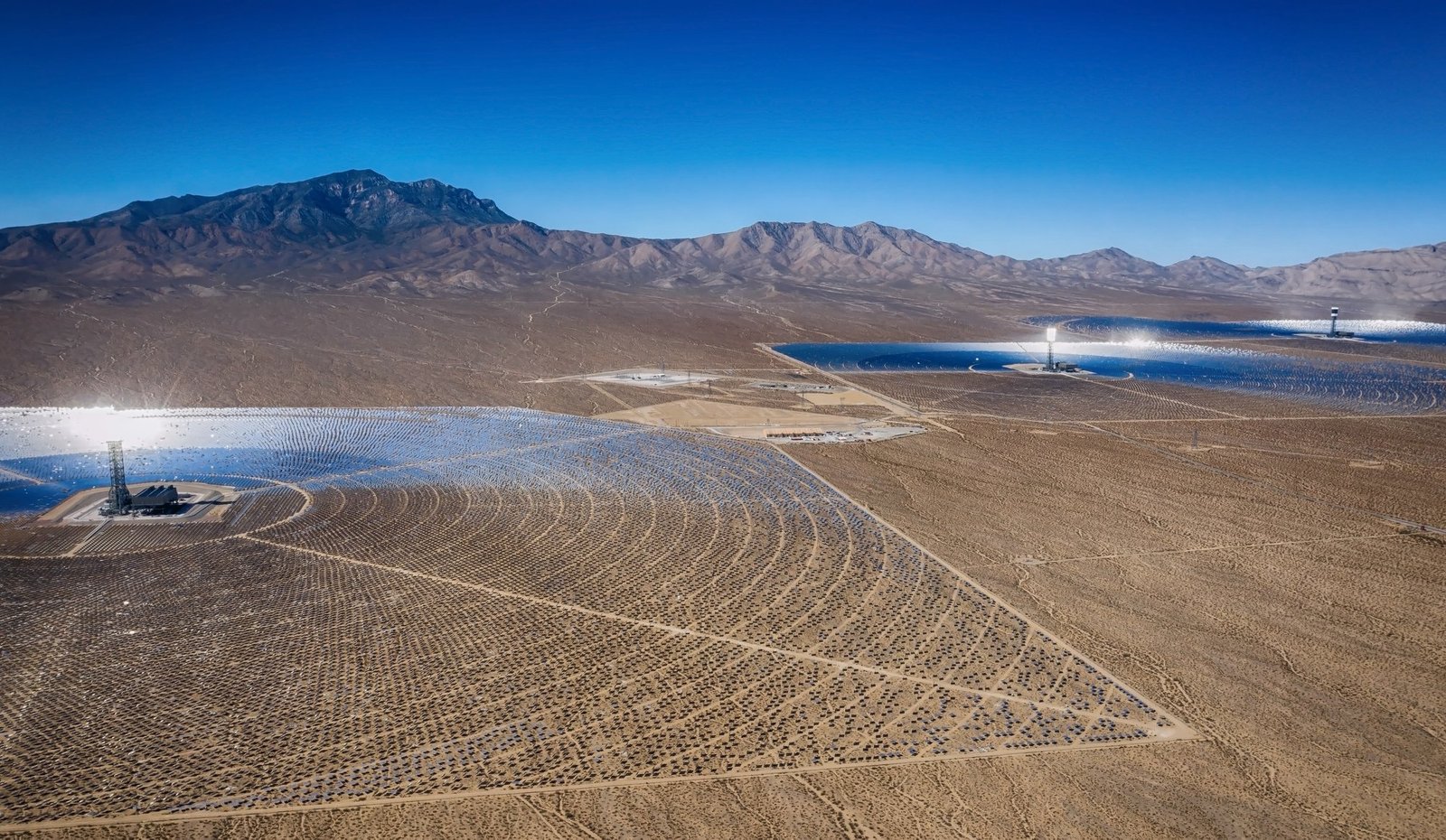
A thermal energy storage system component is sometimes included within solar thermal power systems. This feature enables the system to heat the energy storage system during the day, and the heat from the storage system is used to generate electricity at night or in cloudy conditions.
Pros and Cons of Solar Farms:-
Pros of solar farms:-
Solar Farms are getting popular nowadays because of the immense availability of open lands and favorable climate. Let’s look at the pros of solar farms.
- Low Maintenance:
The photovoltaic panels of a solar farm are fairly easy to maintain after they are installed. To maximize the quantity of sunlight absorbed throughout the day, some farms may use moving parts, which may require extra maintenance.
Solar farms are almost maintenance-free. Solar panels may provide solar energy for more than 20 years without maintenance once they start running. To maintain productivity, we must periodically clean solar panels with water.
However, cleaning is incredibly cheap and does not significantly increase the cost of maintenance. Once the solar panels are installed, they continue to generate solar power as long as the sun is shining.
- Use renewable energy sources:
The free and renewable energy of sunlight is used to generate power in solar farms. Solar energy is harnessed by solar panels and converted into electrical energy.
As far as we can tell, the sun will not disappear anytime soon. The sun has existed for several billion years, as per our best estimations. In contrast to fossil fuels, solar energy will never run out, so we do not need to worry about it.
So the sun is always with us. Every day, enough sunlight hits the earth to fuel the world’s energy needs. It is estimated that an hour of sunlight that the earth receives is enough to meet our energy requirements for a year. This makes solar farms a step in the right direction.
- Zero emissions:
A significant amount of pollutants and substances, including greenhouse gases, are released into the environment by power plants using fossil fuels. A major hazard to the world is the increase in levels of carbon dioxide.
Solar farms, on the other hand, produce zero emissions. They are quite eco-friendly. There are no greenhouse gas emissions in the direct form. It is essential to realize that solar panels and other components do have a preexisting carbon footprint.
It means that during the production of solar panels and other equipment for the solar farm, carbon dioxide and other gases are emitted. However, this greenhouse gas emission falls short in comparison to the total positive effects of solar farms.
- One-time Investment:
Due to the high cost and limited availability of the semiconductor materials required in the manufacture of solar panels, they are not economical. The cost of establishing a solar farm is raised by the demand for new infrastructure and the need for land.
Regardless of the energy source, commercial power generation always requires a significant one-time investment. They are one-time expenditures also because they require zero maintenance, have minimal operating costs, and have very low recurrence costs.
The solar panels’ productivity doesn’t significantly decline with time. The same panels continue to supply the plant with power even after two decades.
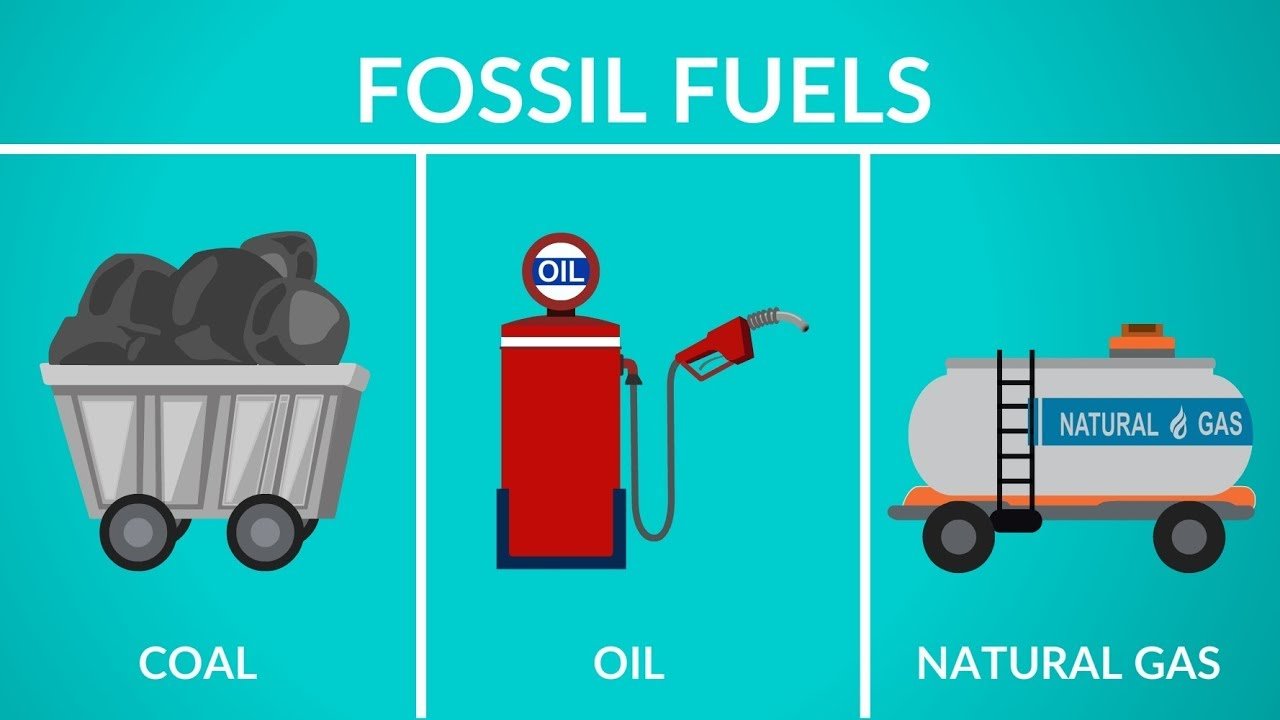
- Reduce dependence on fossil fuels:
The hunt for alternative energy sources started as soon as our experts became aware of the negative impacts of burning fossil fuels. Since then, the use of renewable energy sources like solar energy has increased.
The majority of the world’s energy still comes from fossil fuels. A small portion of the world’s overall energy source is generated from renewable sources. The worst pollutants are coal and natural gas power stations, which annually release millions of tonnes of carbon dioxide.
With technological advancements and affordability, nations across the world started building solar farms to minimize our reliance on fossil fuels. The proportion of alternative energy sources in energy production is rising thanks to solar farms.
- Boost the local economy and create jobs:
Considering that other power plants have the same concern, this explanation might not be very compelling. The local economy is strengthened, and jobs are generated by solar farms.
However, during the early phases of the project, before completion, it receives the most boost and job creation. Additionally, the majority of occupations are contract-based.
Additionally, since there is more employment, there are more expenses, which drives up the cost of power. Solar farms provide job opportunities for the local population. In turn, this assists in boosting the local economy. During the construction of the solar farm, there is increased economic activity.
Cons of solar farms:-
By analyzing the advantages of solar farms, it is clear that they have a promising future. But they still have a lot of problems that need to be addressed. The cons of solar farms are listed below.
- High upfront cost:
Everyone cannot afford solar technology since it is too expensive, especially if you are from a developing nation. Despite a large drop in price, the higher cost is still a significant obstacle. The price of the panels and inverters makes up a significant portion of the overall cost. Other than this, to keep the panel safe from hail is also essential, and it will cost a lot, some time even way too big for a farm-like area.
Additionally, installing solar panels requires a lot of effort, which raises the final cost of power. Therefore, no one can deny that setting up solar farms is expensive for this reason. But this also stands true for other types of energy sources.
Solar farms have some financial advantages due to their durability and ease of maintenance.
- A threat to the environment:
The land and space needed for solar farms are available in rural and remote places. Unfortunately, these sites maintain the local environment and are inhabited by a diverse range of animal species. Natural habitats may be endangered as a result of the installation of solar farms.
Local species are harmed, which has consequences that impact the surrounding habitat. Since most of the insects that birds eat are ground-dwelling crawlers, birds are also impacted.
If the farm is built on natural vegetation, there is also a loss of flora. In the U.S., large solar farm projects are built and operated in the West, the home of empty deserts.
- Dependence on the sun and seasons:
One of the main problems with solar energy is this. Electricity can only be generated by solar farms when the sun is out. Due to this, it has a weak capacity factor. In reality, the sun will remain in existence for yet another 5 billion years.
However, we do not always have exposure to the sun. For a few hours every day, typically in the late morning and early afternoon, we enjoy good sunlight. There is no sun at night, therefore there is no solar power. The solar farm won’t generate any electricity at night.
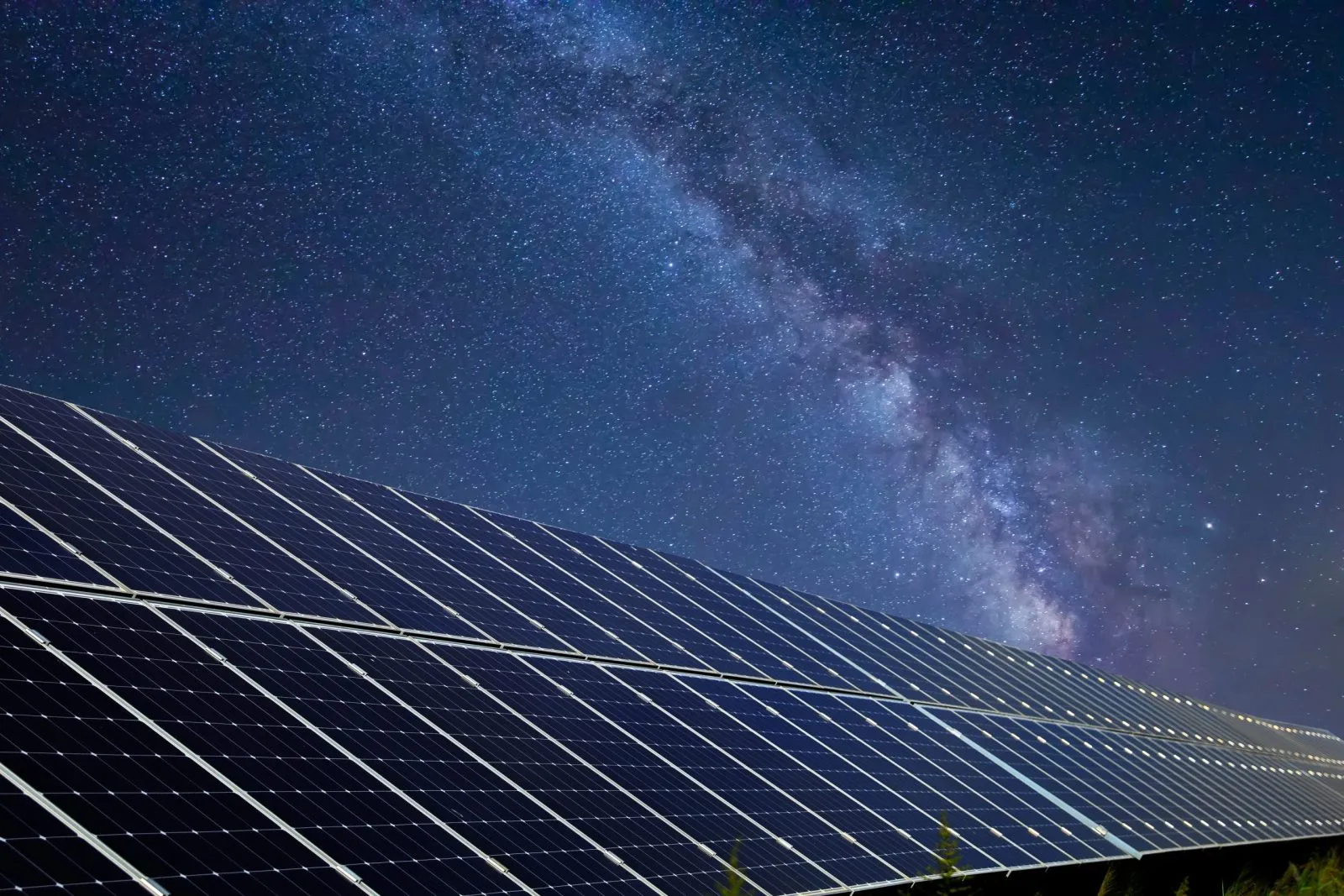
The generation of power in solar farms can periodically change with the seasons. Fog, snow, hail, and rain all prevent sunlight from penetrating the panels. As it travels through clouds, the light becomes weaker and more dispersed.
As a result, we produce the most energy during the summer when the sky is clear and bright. The output of solar farms is smaller throughout the rest of the year.
- Requirements for large areas:
It is impossible to deny that solar farms have a terrible reputation for occupying a significant amount of land. There is no way to avoid it. Due to the need for space to install solar panels, solar farms are scattered over a large area.
This indicates that solar farms frequently crop up on agricultural land. Large areas of land are rendered inoperable by solar farms on agricultural land, which can influence food production.
According to a report by NREL, the one-axis photovoltaic system occupies 8.7 acres of land per MWAC. Solar farms do have the benefit of having easily retrievable land, though. On the other hand, it is expensive to reclaim the land occupied by coal or nuclear power facilities.
- Uncontrollability:
Solar farms can only operate at their maximum potential when there is sufficient sunlight. We have no actual control over the plant’s output because it is completely reliant on the sun.
As with coal-fueled power plants, the capacity cannot be increased when there is high energy demand. There is no system in place to minimize energy generation when the energy demand is low.
However, in thermal power plants, the plant’s output can be altered in response to demand.
- Solar waste:
Solar farm owners ought to be extremely concerned about this. The solar panels are removed when their usefulness ends and their efficiency falls too low. They become solid waste. If hazardous materials from solar panels are not properly disposed of, the land and water may become contaminated.
Solar panels typically have a 25-year lifespan. Degraded photovoltaic panels are decommissioned after many years of use. By the early 2030s, there will be a significant amount of solar waste from decommissioned photovoltaic panels, says the International Renewable Energy Agency (IRENA).
By the end of 2050, the earth could have to cope with millions of tonnes of waste. Hopefully, solar waste is recyclable, which is a kind of advantage.
Frequently asked questions:-
- How does a solar farm work?
Solar farms work almost similarly to every type of energy generation plant. The solar panels convert the light from the sun into electricity. By collecting energy from the sun, which warms the panel and turns on the transistors, it produces electricity.
{Video Credit- Innovative Techs}
- How do solar farms?
Solar farms are indeed an effective technique to generate clean energy without compromising the environment. They are simple to install and emit no emissions when generating energy. More than one in seven U.S. homes will have a rooftop solar system with cost reduction and advanced techniques by 2030.
- How much is a solar farm worth?
Solar farm installation costs are typically between $0.82 to $1.36 per watt. That means that a 1 megawatt (MW) solar farm would cost between $820,000 and $1.36 million. Solar farms are much cheaper to build and operate than rooftop solar systems.
- How much land does a solar farm need?
A 1 MW solar farm typically requires 6–8 acres to accommodate all the necessary equipment and space between panel rows. Additionally, the land is required to install a few things like inverters, and space must be provided between solar panel rows to allow for access for repairs and maintenance.
- How long does it take to build a solar farm?
The construction of a solar farm can be finished within a few months, depending on the size of the project and the number of workers working on it. However, siting and permitting are far more challenging. Accomplishing all the relevant agreements and permits for a solar farm can take approximately three to five years.
Conclusion
Solar energy is a feasible alternative to fossil fuels. It can aid in reducing climate change and global warming because it is clean, sustainable, and renewable energy. When we opt for renewable energy sources, we may examine the problem and enhance the climate. Solar farms are moving toward having a more beneficial and significant impression thanks to innovative market solutions and improved efficiency.
Furthermore, numerous local and state authorities are advancing policies to encourage renewable technologies. Utilizing current technologies is a fantastic way to capture renewable energy and put it to creative use.
In addition to being a professionally viable and secure technique for the betterment of the environment, solar farms serve as a reliable and steady array of power plants.
Research is essential before deciding on the type and source of renewable energy. It is entirely up to us to evaluate the benefits and drawbacks and determine the best way to proceed. Undoubtedly, solar energy will play a very significant role in the future.
Ray is an avid reader and writer with over 25 years of experience serving various domestic and multinational private and public energy companies in the USA.

